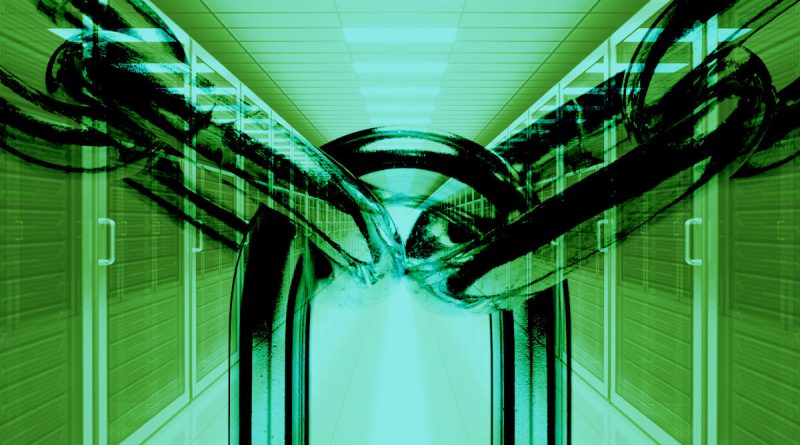Some may call it a normal, even boring course of vendor business operations but others find it a pain the rump or worse.That about sums up the reaction to news this week that Oracle will end its Dyn Domain Name System enterprise services by 2020 and try to get customers to move to DNS services provided through Oracle Cloud.
More about DNS:
DNS in the cloud: Why and why not
DNS over HTTPS seeks to make internet use more private
How to protect your infrastructure from DNS cache poisoning
ICANN housecleaning revokes old DNS security key
Oracle said that since its acquisition of Dyn in 2016 and the ensuing acquisition of Zenedge, its engineering teams have been working to integrate Dyn’s products and services into the Oracle Cloud Infrastructure platform. “Enterprises can now leverage the best-in-class DNS, web application security, and email delivery services within Oracle Cloud Infrastructure and enhance their applications with a comprehensive platform to build, scale, and operate their cloud infrastructure,” according to Oracle’s FAQ on the move. “As a result, Dyn legacy Enterprise services are targeted to be retired on May 31, 2020 with the exception of Internet Intelligence.”To read this article in full, please click here READ MORE HERE…
Read More










